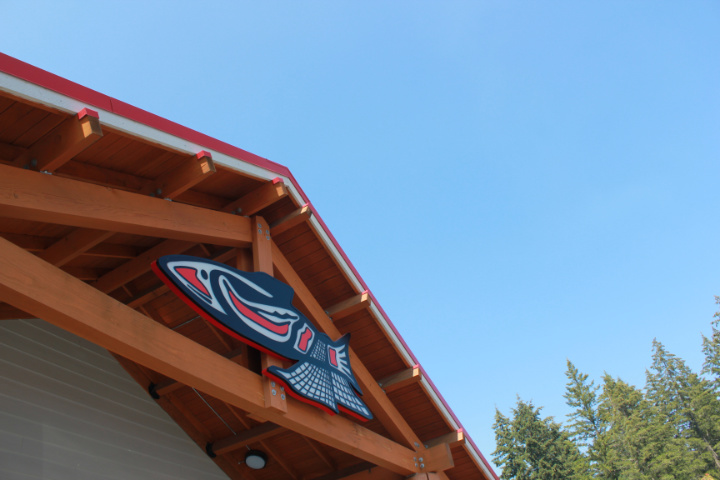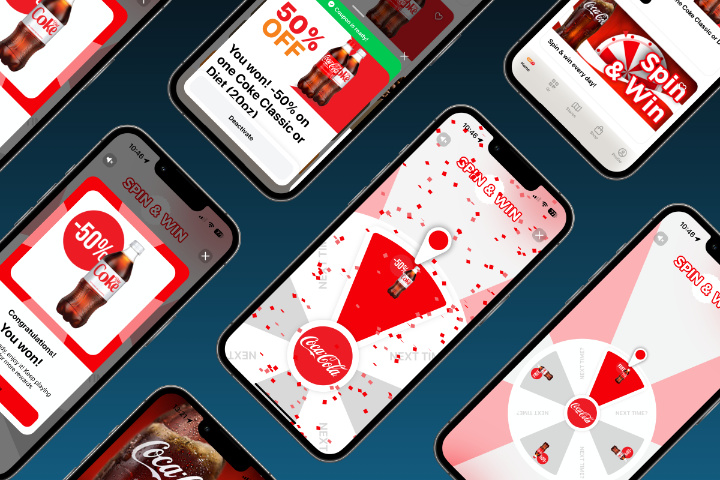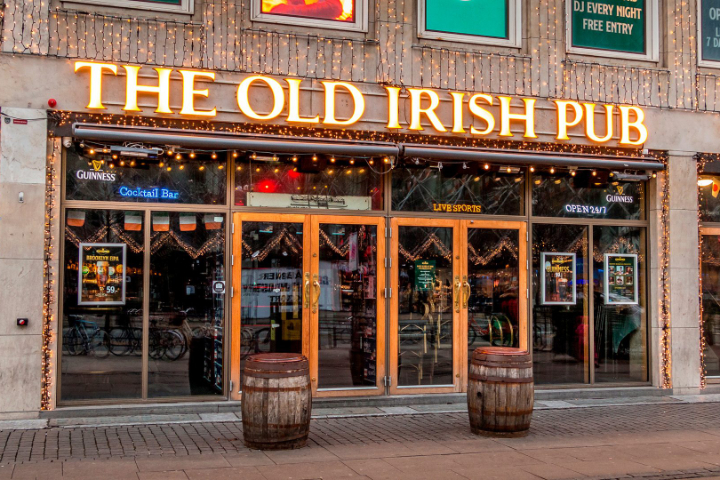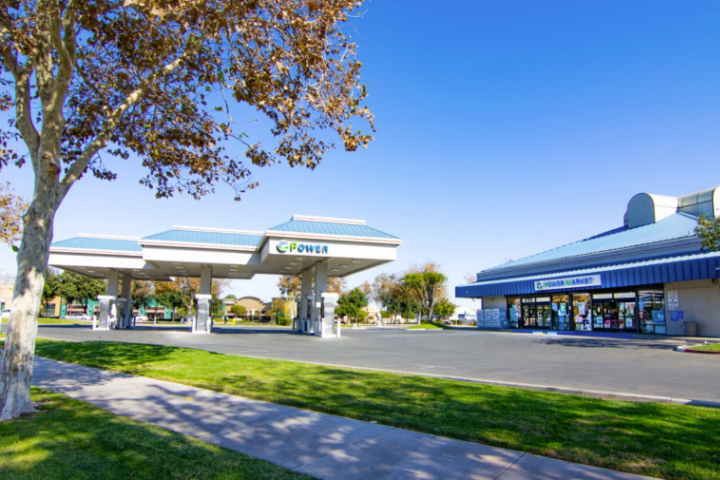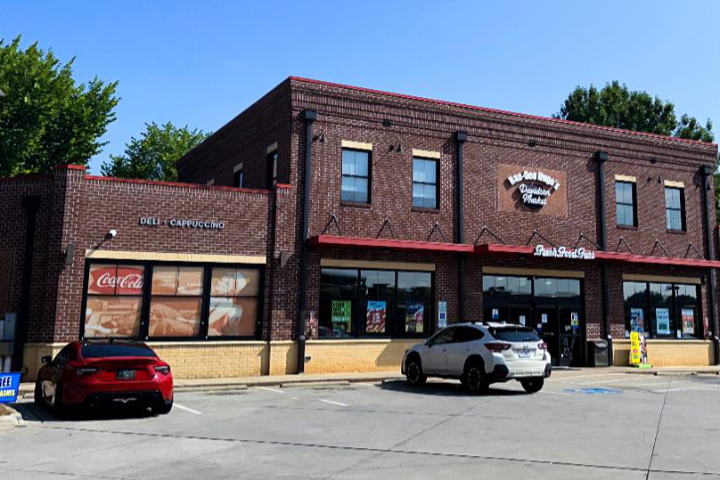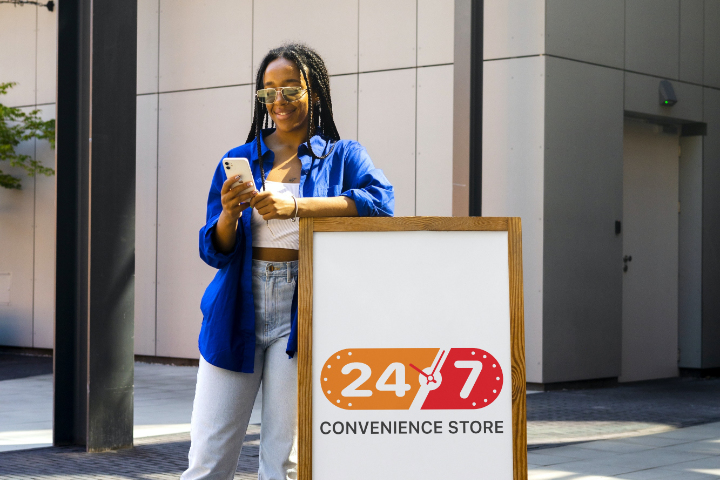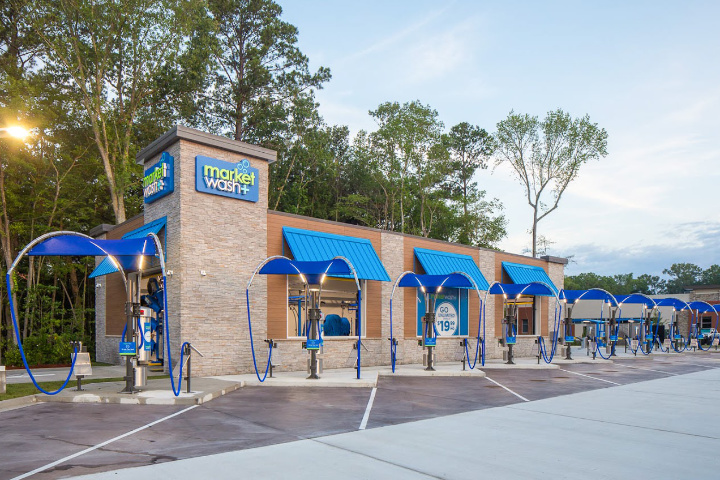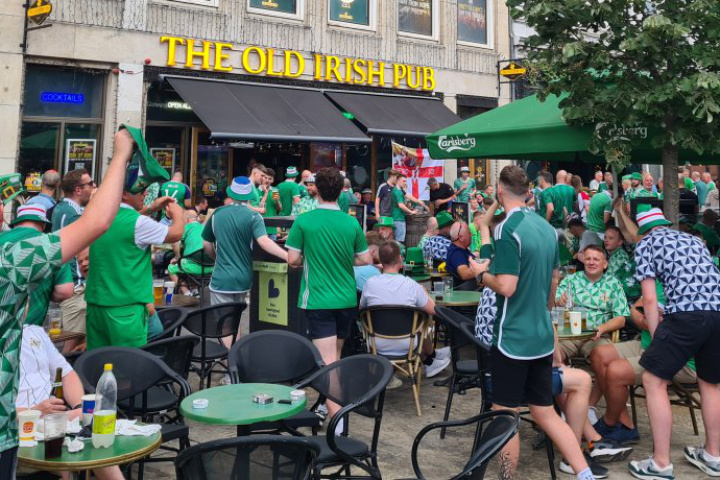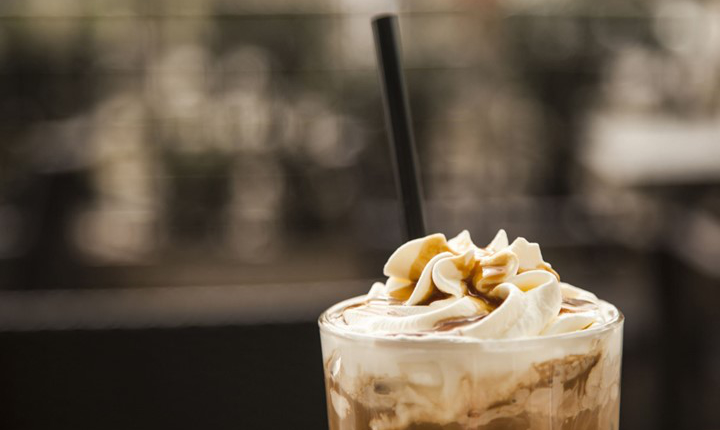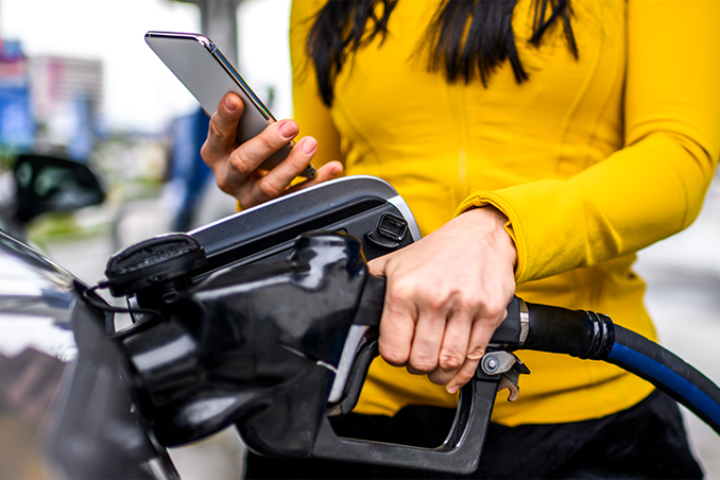As the world’s most valuable brand, any business strategy adopted by Amazon deserves our full attention, and while we’ve already reviewed Amazon Prime as its main loyalty solution, this is our first look at their “Subscribe & Save” strategy, which was launched in 2007, just two years after Prime.
Regular readers will know, we are huge fans of any subscription-based programme, particularly for grocery or convenience products, so with Amazon’s announcement that their online grocery sales tripled largely due to the global pandemic, we wanted to also understand the role of the “Subscribe and Save” concept in order to uncover some new learnings.
And what we discovered is that while Amazon’s sheer size creates extra-ordinary power to negotiate prices, in the context of replenishing everyday products, its algorithm causes prices to fluctuate in ways that negatively impact the proposition. The New York Times described the model as a “complex pricing system [that comes] into conflict with consumer expectations of a traditional subscription.”

How it Works:
- Customers select their favourite household products, then choose the quantity and schedule that works for them.
- Savings of “up to 15% off ” are offered when 5 or more products are ordered in one recurring delivery to the same address, and Prime members are offered up to 20%. Key products highlighted for the programme include diapers and baby food – an interesting segment of the market that Amazon is clearly focusing on.
- Purchases are confirmed as a recurring subscription.
- In advance of each delivery, Amazon sends a reminder email showing the items, price and any applicable discount for the upcoming delivery.
- Customers can skip deliveries or cancel their subscriptions at any time.
- Shipping is always free.

Lessons in Subscription Loyalty
So what lessons about the subscription model can we learn from this impressive online giant:
The Bits We Like:
- The service offers hundreds of thousands of products to choose from, so customers can always find their favourites.
- The recurring order is confirmed by email ten days in advance of delivery, so subscribers have time to change their minds about what they need, and manage increases or decreases in quantities to match their changing needs.
- The service can be easily cancelled at any time.
- Grocery deliveries from both Amazon Fresh and Whole Foods Market are now included free of charge for Amazon Prime members in many US and also now UK cities. Previously $14.99 in the US and £3.99 per month in London, the demand for free delivery of fresh foods from trusted retailers is clear.
The Bits We Like Less:
- With simple replenishment services representing just 32 percent of customer subscriptions according to McKinsey research in 2018, this model seems difficult for grocery retailers to serve profitably. By contrast, “curation” services command fifty five percent of subscription options, so certainly the pre-pandemic market placed more value on personalised propositions than commoditised options. This may have changed dramatically, however brands will always need to differentiate in some way to avoid price wars and win and retain customers profitably.
- Pricing is clearly highlighted as unpredictable – “The price of the item may decrease or increase from delivery to delivery, depending on the Amazon.com price of the item at the time we process your order”, hence the burden of responsibility is on customers to check and cancel if a product has become prohibitively expensive. The New York Times article found price increases of “up to 170%”.
Conclusions:
In closing, while Amazon has a globally trusted brand based on its core business model, analysts agree that they have ” violated the psychological concept of a subscription with their customers in changing prices like this” so it seems unlikely that any other retailer should (or could) try to follow their lead.
Instead, McKinsey detailed their advice for retailers considering a subscription approach and it seems particularly important to drive subscriptions for everyday household items:
“Companies in the space must develop great experiences (as opposed to great subscriptions) to avoid high churn rates and to accelerate both growth and profitability.”
And don’t forget to check out our own “principles of subscription” article and subscribe to our weekly newsletter to stay up to date on best practice principles to help develop your own subscription model to drive increased customer loyalty.
About Us:
Liquid Barcodes is a leading global loyalty and digital marketing technology company specialising in the convenience store and foodservice industries. Our proprietary cloud-based technology platform allow retailers to create and manage their digital marketing campaigns with a proprietary process we call the “customer connection cycle’ to engage, promote and reward customers activities in real-time across digital and media channels.
How we do it:
We have developed the most advanced loyalty and digital marketing technology platform specifically for convenience store and foodservice retailers globally.
Retailers use our self-service dashboard to create and manage loyalty driven marketing campaigns that increase purchases with their existing customers, as well as effectively target and acquire new customers through partners or paid media channels.
One core component of live loyalty is gamification. We have gamified branding, loyalty and promotions. We believe this approach is essential in order to get customers’ attention and ultimately truly engage them with repeatable actions thereby winning their loyalty.
Check out some of our exciting/proven results here:
About Me:
Chief Content Officer, Liquid Barcodes and Independent Loyalty Consultant
With over twenty-five years marketing experience, I specialise in loyalty marketing consulting, managing consumer loyalty propositions, strategy and operations. In addition to working with Liquid Barcodes, my clients have included Telefonica O2 Priority, Three Mobile, Electric Ireland, Allied Irish Bank and The Entertainer Group (UAE), as well as Avios – the global points currency for some of the world’s top airlines. I am also a former judge for the Loyalty Magazine Awards and host of the “Let’s Talk Loyalty” podcast.
—————————————————————————————–



